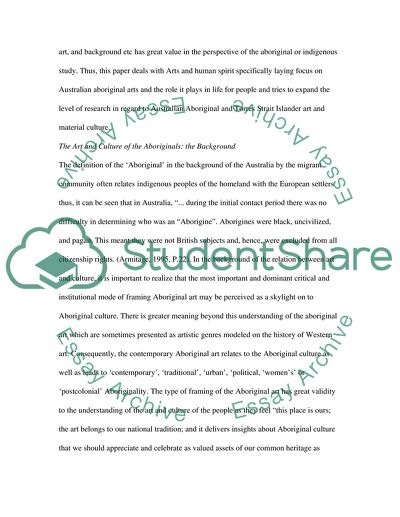Cite this document
(“Arts and Human Spirit Essay Example | Topics and Well Written Essays - 1250 words”, n.d.)
Arts and Human Spirit Essay Example | Topics and Well Written Essays - 1250 words. Retrieved from https://studentshare.org/visual-arts-film-studies/1546968-arts-and-human-spirit
Arts and Human Spirit Essay Example | Topics and Well Written Essays - 1250 words. Retrieved from https://studentshare.org/visual-arts-film-studies/1546968-arts-and-human-spirit
(Arts and Human Spirit Essay Example | Topics and Well Written Essays - 1250 Words)
Arts and Human Spirit Essay Example | Topics and Well Written Essays - 1250 Words. https://studentshare.org/visual-arts-film-studies/1546968-arts-and-human-spirit.
Arts and Human Spirit Essay Example | Topics and Well Written Essays - 1250 Words. https://studentshare.org/visual-arts-film-studies/1546968-arts-and-human-spirit.
“Arts and Human Spirit Essay Example | Topics and Well Written Essays - 1250 Words”, n.d. https://studentshare.org/visual-arts-film-studies/1546968-arts-and-human-spirit.


